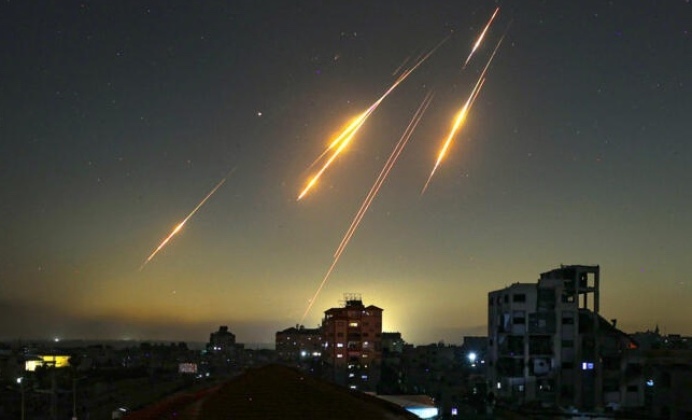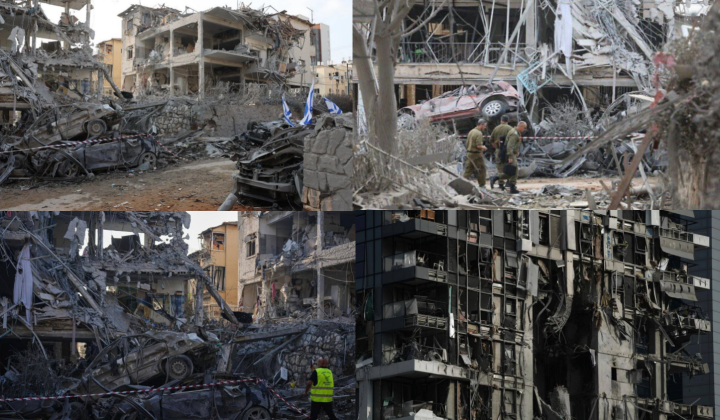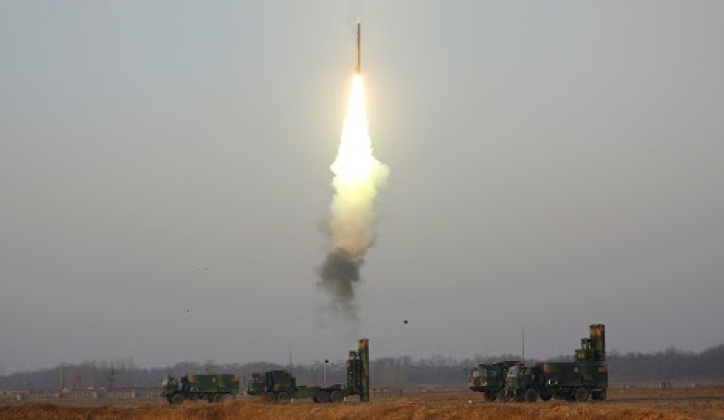News
Iran Escalates Ballistic Missile Program Revival as China and Russia Help Strengthen Air Defences
The Iranian Revolutionary Guard Corps and defence sector have accelerated efforts to develop the service’s ballistic missile arsenal, according to reports from European intelligence sources. Countries in the Western world have attempted to reimpose economic sanctions on and illegalise Iranian ballistic missile development through the United Nations Security Council, although the council’s two non-Western permanent members China and Russia have both argued that they lack the ability to do so without a new vote, which both would be expected to veto to protect their strategic partner. Iran’s ballistic missile arsenal was assessed by analysts to have played a central role in deterring further escalation by Western Bloc states and by Israel in June, after Israel initiated large scale attacks on leadership, civilian infrastructure, military and nuclear targets across the country with the support of the U.S., Turkey and several European countries.

Responding to Israeli attacks, the Revolutionary Guards Corps gradually escalated its ballistic missile strikes against Israeli targets, and on June 18 announced that the country’s first type of hypersonic ballistic missile, the Fattah, had been launched. Commenting on the strikes at the subsequent NATO summit, U.S. President Donald Trump observed: “Especially those last couple of days, Israel was hit really hard. Those ballistic missiles, boy they took out a lot of buildings.” The severity of the damage, and the fast diminishing ability of Israeli missile defences to blunt the attacks, was considered a primary factor leading Israel to accept a ceasefire on June 24. The strengthening of the ballistic missile arsenal, including with the operationalising of newer missile types including hypersonic and multi-warhead designs, is thus currently considered vital to deterring further Western or Israeli attacks.

Western intelligence sources have widely alleged that Iran is receiving shipments of Chinese sodium perchlorate to produce the solid fuel composites for its more modern ballistic missile types, although this has been hotly disputed by analysts, many of whom have alleged that the narrative is intended to justify economic sanctions on Chinese entities. While Iran is likely to have an independent fabrication capability for its solid fuel composites, however, which is a technology dating back to the 1970s, it is thought to be receiving support for other aspects of its missile program, in particular from North Korea. After North Korea first flight tested a ballistic missile with a hypersonic glide vehicle in September 2021, the Hwasong-8 with an estimated 1800km range, it was speculated that Pyongyang could quickly transfer key technologies to Iran’s defence sector, with North Korean missile technologies having been steadily transferred to Iran for over four decades. The appearance of Iran’s first missile with a similar glide vehicle, the Fattah, in June 2023, further deepens such speculation.

In parallel to possible support for its missile program, more credible reports from multiple sources have indicated that China is helping Iran to strengthen its air defences. Reports in early July stated that Iran was receiving Chinese-made long range air defence systems, with the HQ-9B which is also fielded by neighbouring Pakistan considered the most likely system to have been supplied should such reports be true. In early October leaked Russian government documents revealed that alongside smaller orders by Algeria and Ethiopia, Iran had ordered 48 Su-35 fighter aircraft from Russia. Reports from around that time also indicated that the first modernised MiG-29s were delivered to Iran by Russia, belatedly providing the country with a post-Cold War type of fighter aircraft to update its long since obsolete fleet. Procurements of fighters and air defence systems are expected to complement the effects of advances in the Iranian ballistic missile program to more effectively deter possible future Western or Israeli attacks.












